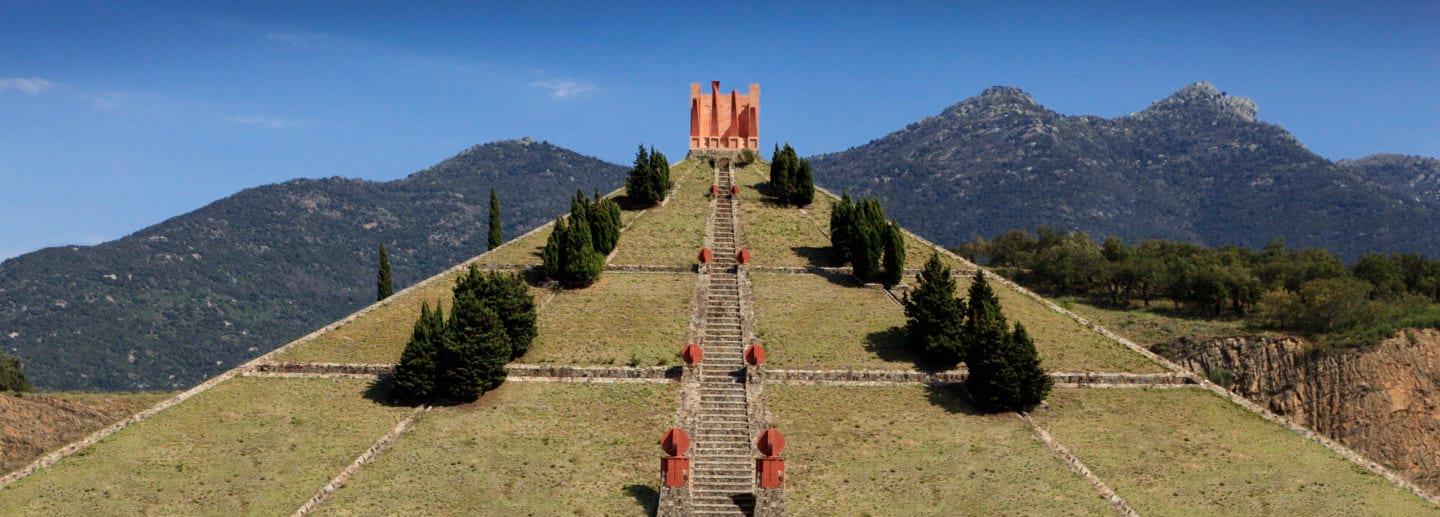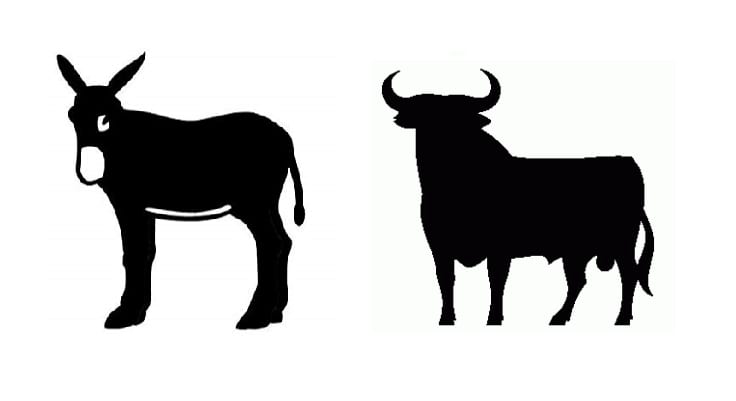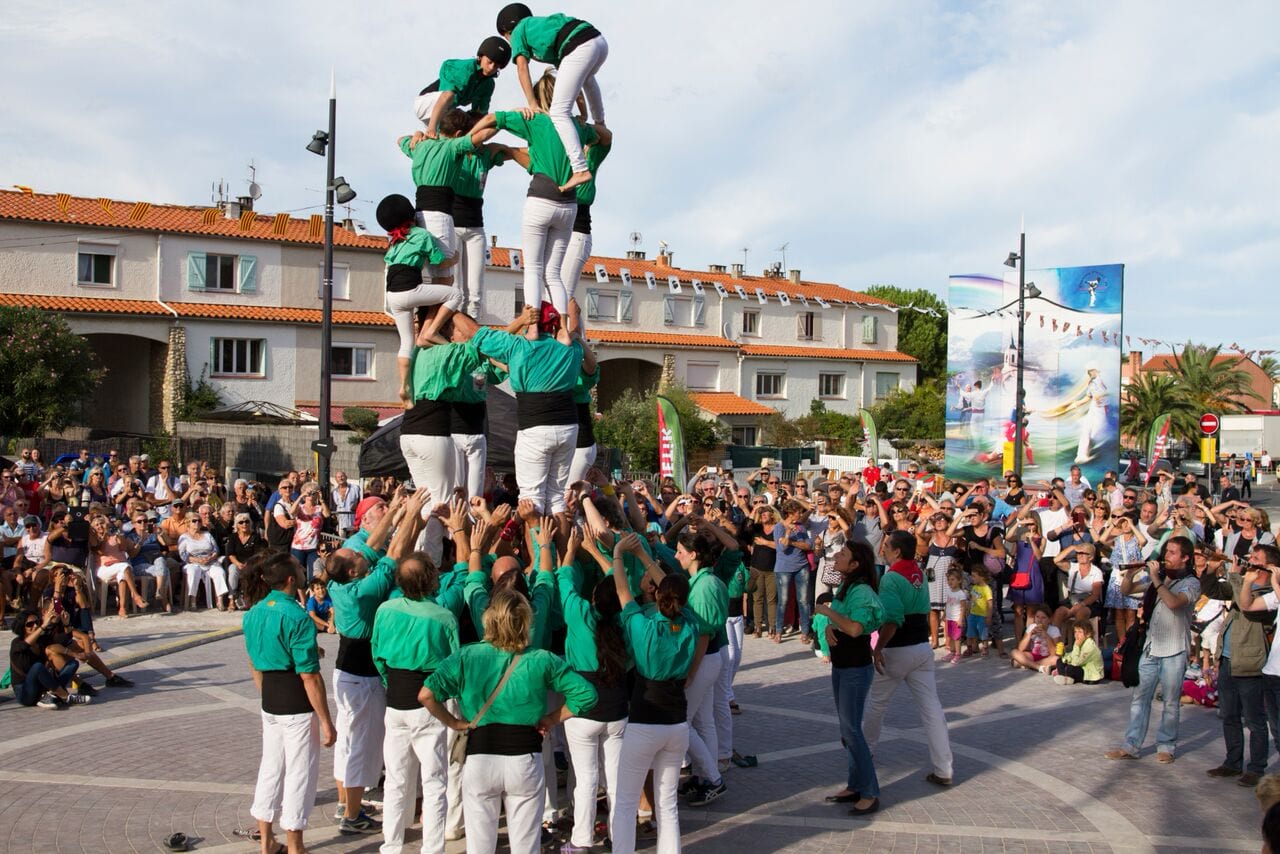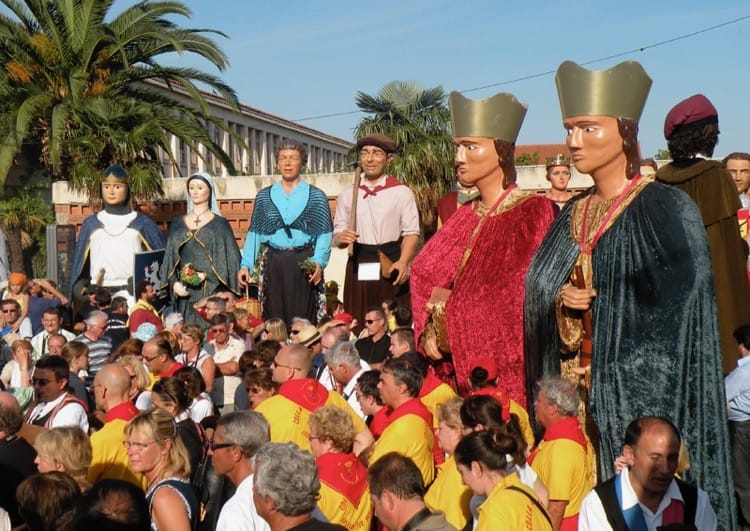Did you know…?
A whole host of useful (?) information about the region for your reading pleasure, general knowledge or potentially a local quiz. So, did you know…
MONUMENTS
Open door to the P-O
On a plateau of the Corbières, near Salses, with panoramic views of sea and lagoon, visible from the A9 motorway and the N9, stands the “Porta dels Països Catalans”, or ‘Gate of the Catalan Countries’, giant arc of four open doors, its uprights symbolising the four bars of the Catalan flag.
Created by sculptor Emili Armengol, this gateway to north Catalonia was a symbolic border between Languedoc and Roussillon, a first and last landmark for visitors arriving or departing the Pyrenees-Orientales.
The Languedoc, Roussillon, and Midi-Pyrénées’ have since combined to become l’Occitanie, but this eye catcher still lets you know that you have arrived in Catalan Country.

Marca Hispanica Pyramid
We’ve all passed it on the way from Spain into France and wondered what it was! Built in 1976 from stones excavated from the building of the motorway, the pyramidal monument overlooking the motorway at the old French/Spanish border point is a purely decorative sculpture created by Ricardo Bofill, and dedicated to Catalonia.
The architect was given the brief that the mountain had suffered enough when the motorway was built, and he should build something to restore the region’s dignity!

La statue du petit tambour
Have you seen the statue of the Little Drummer Boy in Le Boulou? This statue, by sculptor Gérard Vié, represents the first child to die for his motherland on November 1st, 1794, during the battle of Le Boulou (30 April-1 May 1794), a French victory in the eastern Pyrenees against the Spanish.

Santa Maria de Toulouges
In the first organized, non violent attempt to control society in medieval Europe, the church chose the small town of Toulouges for the signing of the ‘Truce of God’ (Treuga Dei) in 1027, which set aside certain days of the year when violence was not allowed.
An initial ban on fighting on Sundays and holy days, was laid down. Hmmm, I think it might take a little bit more than that today!

ANIMALS
El burro
Impossible around here to miss the donkey sticker on the back of some cars and the bull stickers on others! The donkey is in fact the symbol of Catalonia, North and South, whilst the bull is the unofficial national symbol of Spain.
The whole thing actually goes back to the Osborne sherry company who put up large black silhouetted images of a bull in semi-profile to advertise their sherry on sites near to major roads throughout Spain.
When a law was passed in the 1990s prohibiting such advertising, the bull was already nationally famous, so it was agreed that the bulls would remain, but the name Osbourne would be removed.
Car stickers and T shirts of the Osborne bull were already all over Spain – a symbol of Spanish pride – so the Catalonians ‘hit back’ by producing their own unofficial national symbol – el burro – a symbol of Catalonian pride!

A lizard’s tale
The tail of the gecko, the most common lizard in our region, is crucial to its movement as it uses it as a “fifth leg” to prevent it from slipping and to rotate in a fall so that it lands on its feet?
It can also stick upside down or even cling to smooth vertical surfaces such as windows thanks to the sticky pads on its toes. Clever chaps!

TRADITIONS
Correfocs
These fire runs will make any festival go with a bang as ‘colles de diables’ (groups of ‘devils’) dance amongst the crowds waving sparklers, firecrackers, and roman candles, spitting fire into the crowd.

Castells
Castellers (castle-makers), wearing traditional Catalan costume, climb onto each others shoulders to create a human tower, sometimes up to eight or nine storeys high and topped off with a brave child, the cherry on the cake!
Find out more here.

Gégants
These enormous painted papier-maché figures (with a very hot person inside) usually represent important people from the history of the region and can be seen at festivals, often in couples, dancing in the streets with cap-grossos (little ‘big-heads’).
Find out more here.

How much did you know? Have you got a useful (?) fact to share? Let us know! |
